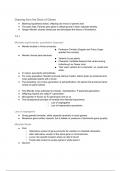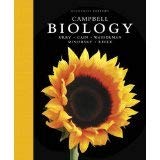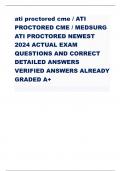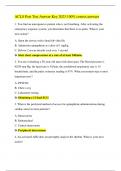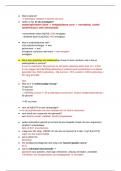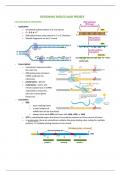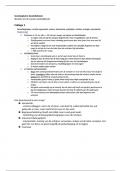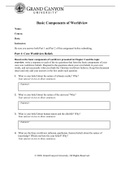Summary
Summary Mendelian genetics| Everything you need to know.
This document an insight into Mendelian genetics. It contains notes and a summary from the AP biology book. Everything you would need to know and understand about Mendelian genetics is provided on this document; from punnet square to pedigree.
[Show more]
